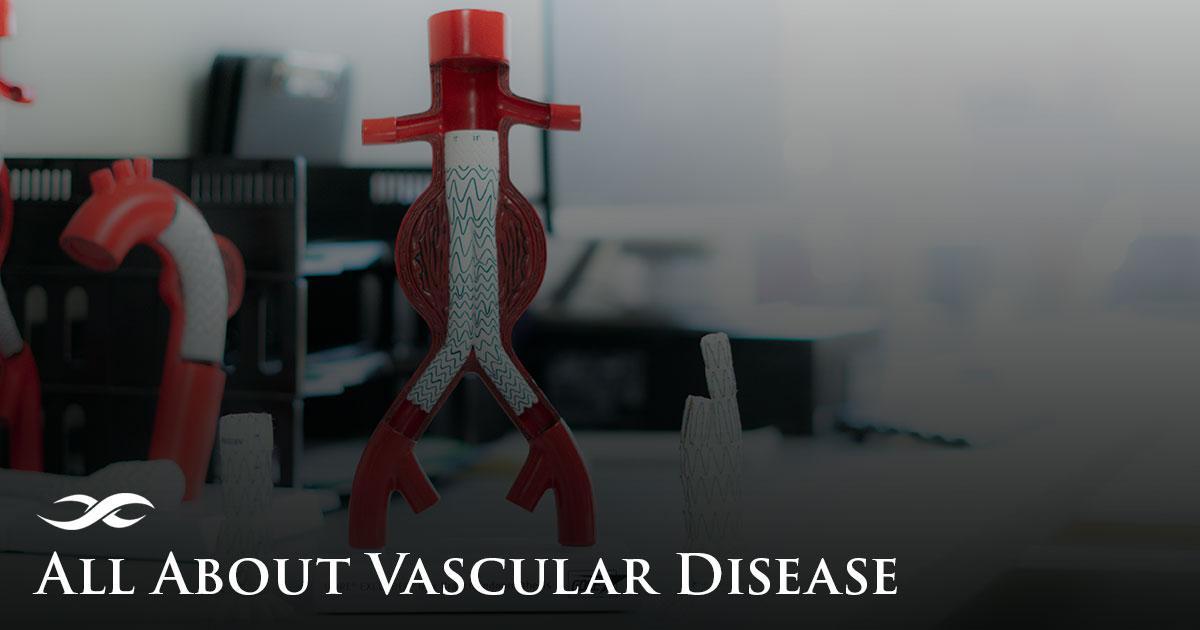All About Vascular Disease

Vascular disease refers to any condition that affects the vascular system. While many Americans are familiar with heart disease, not all realize that similar blockages can occur in other areas of the body. Keep reading to learn more about the three most common types of vascular disease the physicians at Vascular & Vein Institute of Siouxland treat.
Abdominal Aortic Aneurysms
An abdominal aortic aneurysm is an enlarged area in the lower section of the aorta, a major blood vessel running from the heart through the abdomen. This bulge occurs in a weakened section of the artery and continues to enlarge with the pressure exerted on it with each heartbeat.
When left untreated, an abdominal aortic aneurysm will most likely continue to grow and possibly rupture, which can be life-threatening. According to the Society for Vascular Surgery, a ruptured abdominal aortic aneurysm is the 15th leading cause of death in the US.
Visit our blog All About Abdominal Aortic Aneurysms to learn more about the risk factors, symptoms, and treatment options.
Carotid Artery Disease
Carotid artery disease occurs when plaque builds up inside the carotid arteries, major blood vessels that supply oxygen-rich blood to the head and neck. The plaque buildup causes the arteries to become stiff and narrow, making it difficult for the blood to flow normally. On some occasions, small clots can form in the artery. If these clots break off and travel to the brain, they can cause a stroke.
Carotid artery disease develops slowly, making it more common in older individuals. According to the Society for Vascular Surgery, it’s estimated that up to 3% of people aged 65 and older have carotid artery disease.
Visit our blog Carotid Artery Disease: What You Need To Know to learn more about the risk factors, symptoms, and treatment options.
Peripheral Artery Disease
Peripheral artery disease occurs when fatty deposits or plaque build up inside the vessels that carry blood to the legs and feet. Over time, the plaque will continue to build up, leading to worsened symptoms. When severe, it can lead to disability or the loss of foot or leg to amputation.
Like carotid artery disease, peripheral artery disease develops over time, making it more common in older adults. According to the Centers for Disease Control and Prevention, “Approximately 6.5 million people age 40 and older in the United States have PAD [peripheral artery disease].”
Visit our blog About Peripheral Artery Disease to learn more about the risk factors, symptoms, and treatment options.
